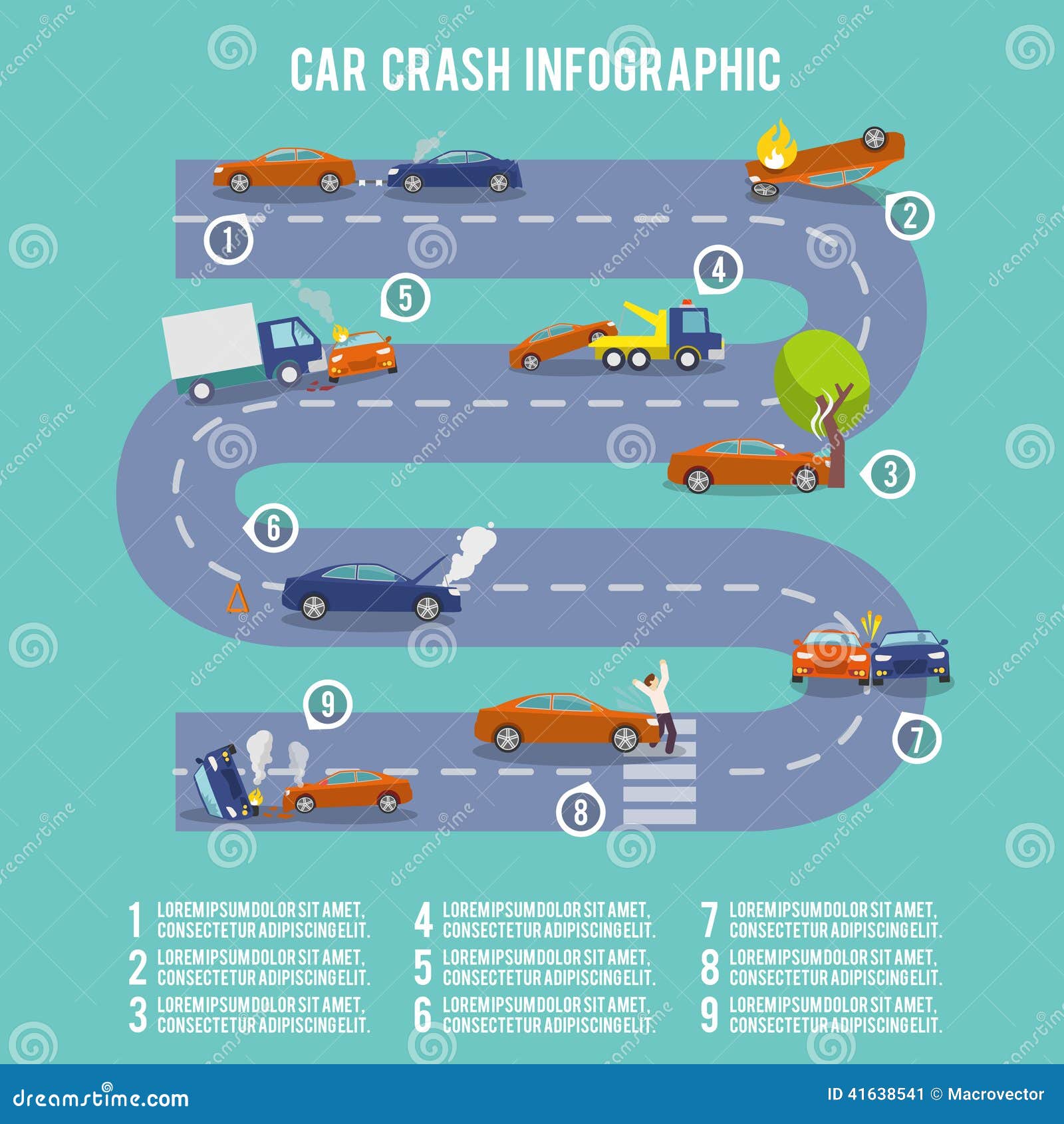Recognizing Your Car'S Warning Lights: What Do They Really Mean?
Recognizing Your Car'S Warning Lights: What Do They Really Mean?
Blog Article
Short Article Developed By-Samuelsen Gilbert
When you lag the wheel, those radiant warning lights on your control panel can be a bit perplexing. Do you understand what they're attempting to inform you concerning your car's wellness? Comprehending the significance of these lights is vital for your safety and the long life of your automobile. So, the next time among those lights appears, wouldn't you want to decipher its message accurately and take the essential actions to address it?
Common Warning Lights and Interpretations
Determine usual caution lights in your automobile and recognize their significances to ensure risk-free driving.
https://ecuremapping49505.yomoblog.com/37582807/the-upcoming-era-of-vehicle-explaining-fads-and-technologies-worth-seeing of the most typical caution lights consist of the check engine light, which indicates problems with the engine or discharges system. If this light begins, it's critical to have your automobile examined quickly.
The oil stress advising light suggests low oil pressure, requiring instant attention to avoid engine damages.
A blinking battery light may recommend a damaged charging system, potentially leaving you stranded if not dealt with.
The tire pressure tracking system (TPMS) light alerts you to low tire pressure, impacting automobile security and gas effectiveness. Neglecting this can result in risky driving problems.
https://speedwaymedia.com/2022/07/21/a-guide-to-getting-the-best-auto-repair-agency-for-your-car-servicing/ shows an issue with the anti-lock braking system, jeopardizing your capacity to quit swiftly in emergency situations.
Lastly, the coolant temperature level warning light warns of engine getting too hot, which can result in extreme damage otherwise resolved swiftly.
Understanding these common caution lights will aid you attend to issues without delay and maintain safe driving problems.
Relevance of Prompt Focus
Comprehending the usual warning lights in your automobile is just the initial step; the importance of immediately attending to these warnings can not be highlighted sufficient to guarantee your safety and security when driving.
When a caution light brightens on your dashboard, it's your cars and truck's method of connecting a prospective concern that requires focus. Overlooking these cautions can bring about extra extreme troubles later on, endangering your safety and security and possibly costing you a lot more out of commission.
Trigger focus to advising lights can prevent breakdowns and accidents. As an example, a blinking check engine light can show a misfire that, if left unattended, can cause damage to the catalytic converter. Resolving this immediately can conserve you from a pricey fixing.
In a similar way, a brake system warning light may indicate low brake fluid or used brake pads, vital elements for your security when driving.
DIY Troubleshooting Tips
If you discover a caution light on your control panel, there are a couple of do it yourself fixing suggestions you can try prior to looking for professional assistance.
The primary step is to consult your vehicle's guidebook to recognize what the particular caution light indicates. Occasionally the concern can be as easy as a loose gas cap activating the check engine light. Tightening up the gas cap might resolve the issue.
One more typical problem is a low battery, which can activate different alerting lights. Examining the battery links for corrosion and ensuring they're safe could take care of the issue.
If a warning light lingers, you can attempt resetting it by disconnecting the auto's battery for a couple of minutes and then reconnecting it. Furthermore, inspecting your automobile's fluid levels, such as oil, coolant, and brake liquid, can help fix warning lights associated with these systems.
Conclusion
To conclude, recognizing your automobile's caution lights is essential for maintaining your automobile running smoothly and securely. By immediately addressing these alerts and understanding what they imply, you can avoid costly fixings and prospective breakdowns.
Bear in mind to consult your automobile's guidebook for particular details on each advising light and do something about it as necessary to make certain a hassle-free driving experience.
Stay notified, remain risk-free when traveling!
